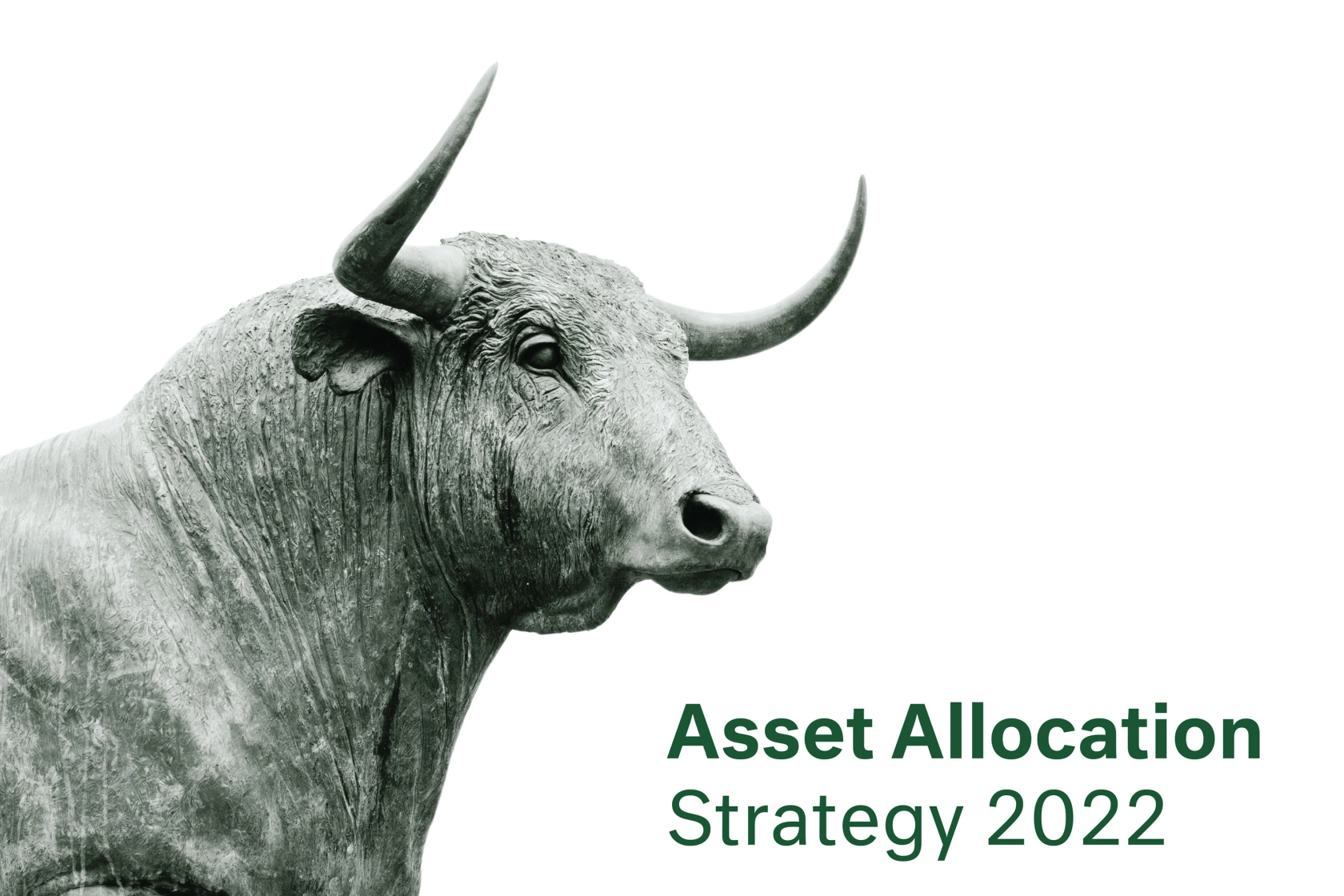The rapid rise in new cases across the world through Omicron is a timely reminder that new variants and cases are likely to remain a risk to market activity for the next 12 months (or longer). Thankfully, on a positive note, the total deaths attributed to Covid is trending downwards, implying that the new variants are more infectious but less deadly to the vaccinated. Through increased knowledge and understanding combined with booster vaccination and newly approved anti-viral therapeutics (Merck & Pfizer) countries will be better placed for pandemic/endemic policy and management.
In part 1 of our 4-part 2022 Economic and Investment Strategy Guide, we focus on the asset allocation implications of the current investment paradigm. We approach our economic forecasts from a balance of risk perspective, weighing the tailwinds and headwinds that face economies and investment markets. We expect 2022 to be a year of reasonable positive economic growth, as business and consumer spending recovers from the impacts of pandemic restrictions and fiscal policy remains accommodative.
However, the strong economic growth tailwinds of 2021 will ease throughout 2022, with still reasonable economic growth adding to inflationary pressures and the need for monetary policy tightening (higher bond rates). Overall, we expect this shift in monetary policy and the current high market valuations will lead to lower (but positive) equity returns for investors in 2022, and this drives a moderately pro-risk bias.
For further investment analysis, please see our in-depth report on Asset Allocation Strategy, including a discussion of the Top 5 Investment Risks for 2022, by clicking here.

